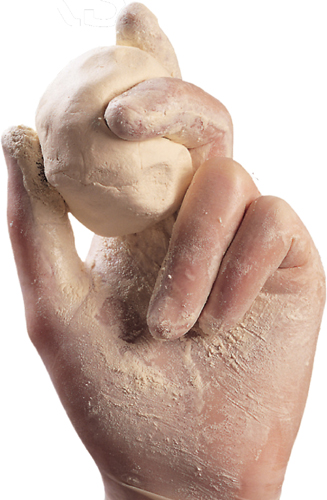
There are lots of products designed to sidestep difficult tasks and make home repairs easier. Some are excellent, some are adequate and a few are just plain dumb. Here are some that The Family Handyman’s experts have successfully used over and over again.

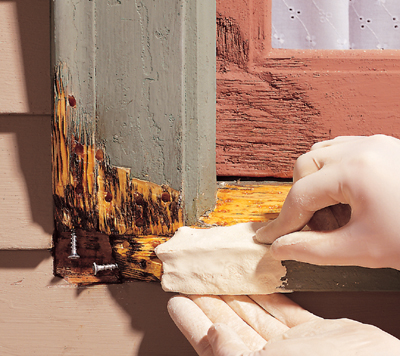
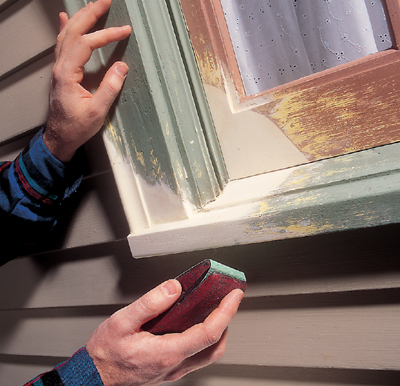
Standard wood filler is fine for small, simple repairs, but it doesn’t work well for filling larger areas. It shrinks as it dries, so cracks form and you have to apply several layers. Standard filler is also hard to shape to match neighboring surfaces. Epoxy wood filler eliminates those problems. It doesn’t shrink, and you can sand, carve, drill or cut it just like wood. Plus, it’s much more durable than most fillers, indoors or out. The only downside is that epoxy fillers are two-part products that require some messy mixing. Find them at home centers and online.
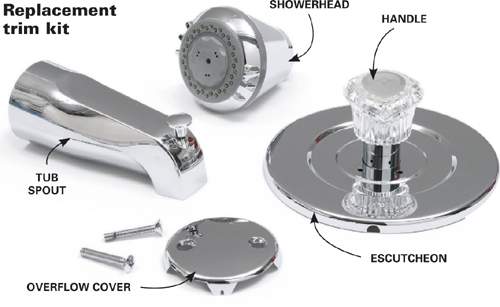
When tub or shower fixtures grow old and ugly, most people go shopping for a new faucet, then call a plumber. But you can skip that expense by leaving the faucet valve in the wall and replacing the visible parts only. Tub and shower “trim kits” come in a huge range of styles; some are available at home centers, many more online. Just make sure the kit you buy will work with the brand and model of your existing faucet.
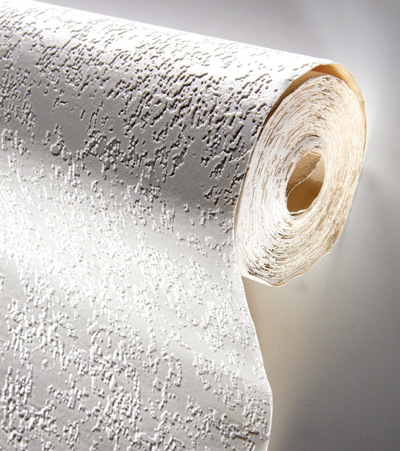
You can patch cracks in plaster walls, but there’s a good chance they’ll come back. Wall liner, on the other hand, can bridge cracks and flex with seasonal movement. It’s basically wallpaper, but much thicker and paintable. Some versions are smooth, others textured. Find it at home centers and online.
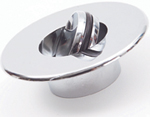
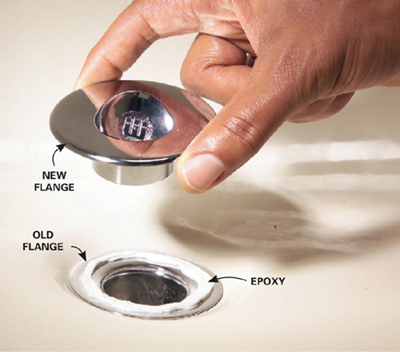
When a tub drain won’t hold water or just looks bad, the usual solution is to replace it. But removing the corroded old flange can be a frustrating job, even for plumbers. An easier solution is to cover the old flange with a new flange and stopper. The only drawback is that the new flange stands slightly higher than the old one, so a tiny moat of water remains around the drain after you empty the tub. You won’t find an add-on stopper at most stores, but there are a couple styles and several finishes available online. Search for “Nufit stopper.”
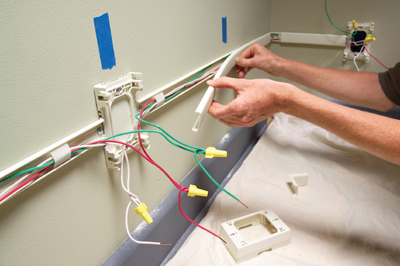
If you’re tired of that tangled nest of cords under your desk, “surface wiring” might be the solution. It’s a system of plastic or metal channels that lets you add switches, outlets or light fixtures anywhere, without tearing into walls. That saves time and expense, whether you’re doing it yourself or hiring an electrician. You’ll find surface wiring components at home centers.
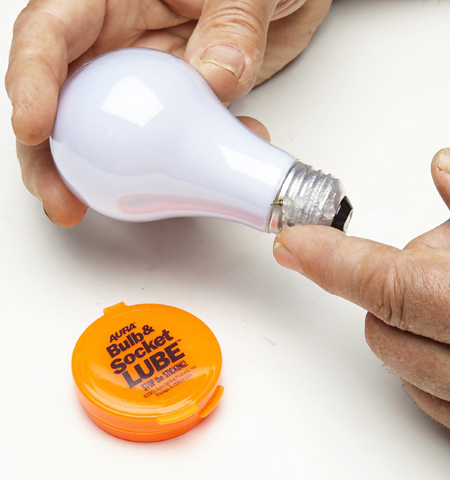
A little corrosion makes a lightbulb hard to unscrew. This is usually a problem in damp areas: outdoors or in garages or basements. The solution is grease. But you can’t use just any grease—be sure to use a product intended for bulbs. You’ll find it at some home centers and online.

Before you try the usual drain-clearing methods, slip this barbed plastic strip down the drain and yank out clogs. It works especially well on hair clogs in bathroom sinks, showers and tubs, but often works on other clogs, too. You’ll find “drain zippers” at home centers.
The insides of drain lines are coated with a slimy mix of soap scum, grease and other stuff you don’t want to know about. This coating builds up gradually and eventually becomes thick enough to slow the flow of sewage and make clogs more likely. So if you’re having chronic clog problems, try an enzyme drain cleaner. These products contain harmless, dormant bacteria. Just dump some down your drain and they’ll feast on the slime, multiply, and feast some more. Enzyme drain cleaners are available at some home centers and online.
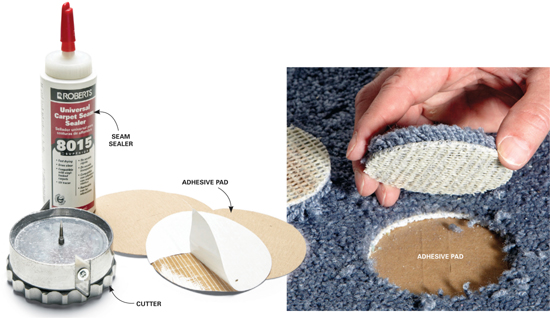
If your carpet has a burn or stain, you don’t have to live with it. With a “cookie cutter,” you can cut out the damaged spot and replace it with a patch cut from a remnant, closet or under the sofa. It’s surprisingly easy. With some types of carpet, the patch is visible, but not very noticeable. With others, the repair is almost impossible to see. To buy a repair kit online, search for “cookie cutter carpet tool.”
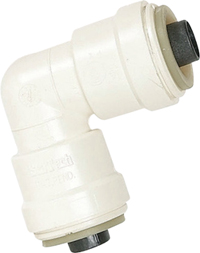
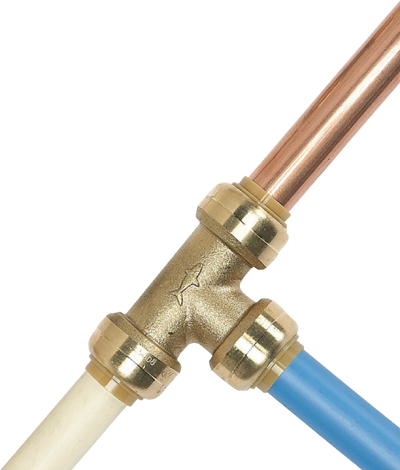
Got a broken pipe? Before you call a plumber, consider this: Push-in plumbing connectors let you join pipes instantly just by shoving the pipe into the connector. No skills, knowledge or tools needed. Push-ins work with copper, PEX or CPVC plastic pipe. So if you need to replace a section of copper pipe, for example, you can simply cut out the bad section and replace it with a piece of PEX and a couple push-ins. Even a first-time plumber can manage that. Push-in plumbing connectors of various types and sizes are sold at home centers.